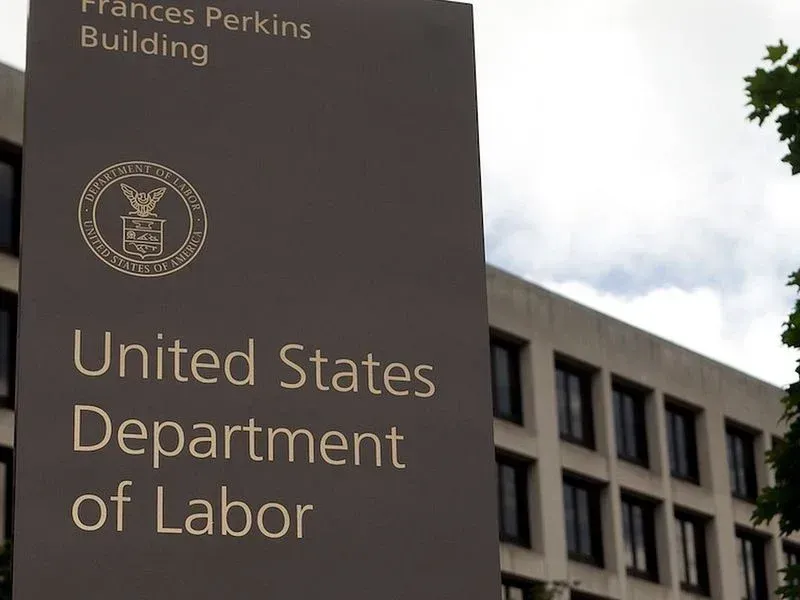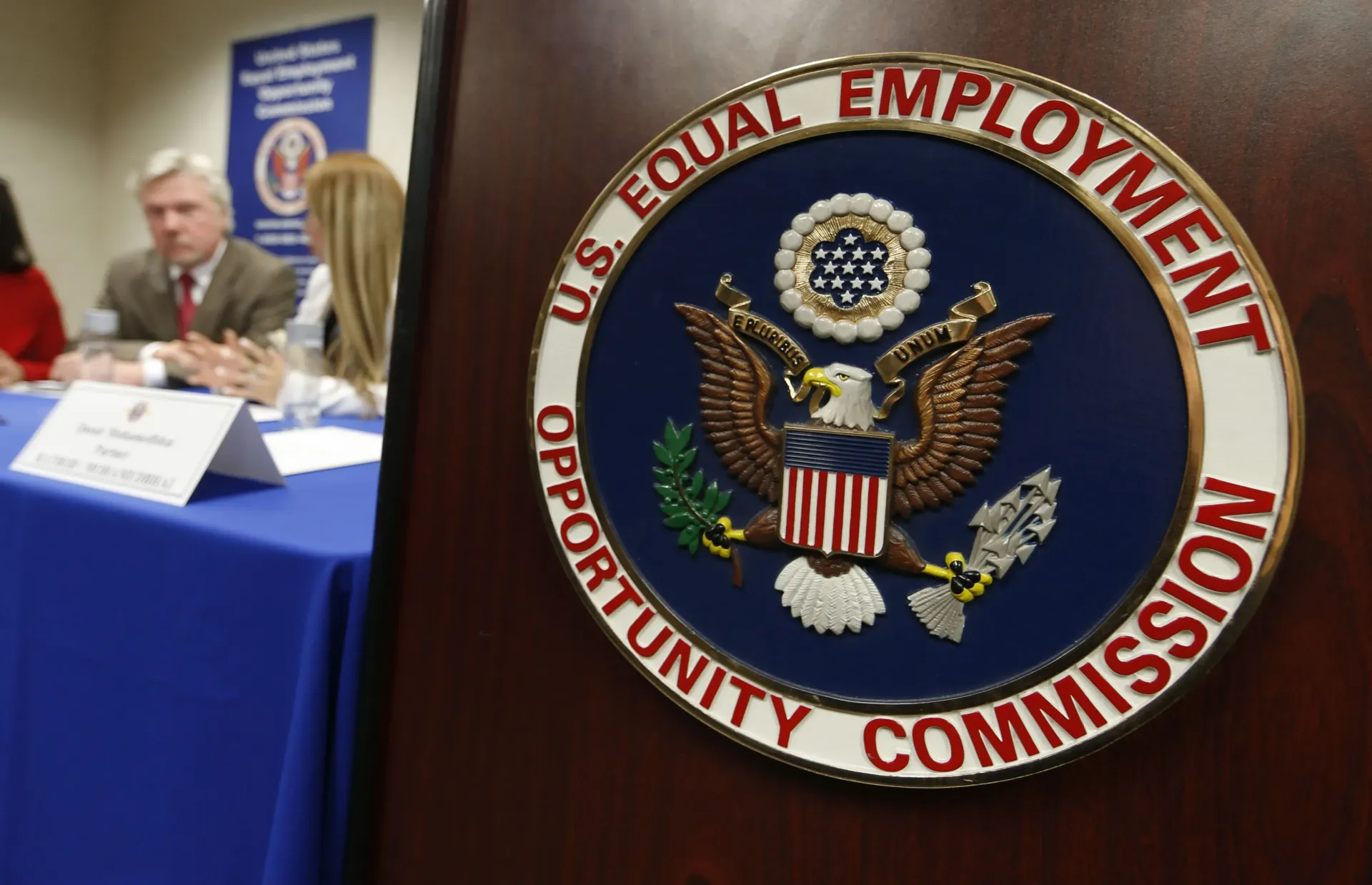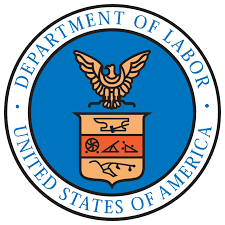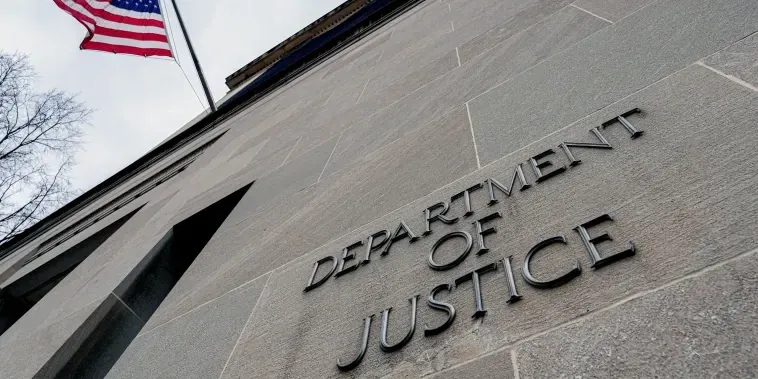Pres. Trump Issues Executive Order to Reorganize the Executive Branch
The Administrative State has received a frontal assault. President Trump signed an Executive Order that is likely to have far reaching consequences in shaping the structure and programs of executive agencies during the Trump Administration and beyond. Indeed, the new EO may be the harbinger of the most significant restructuring of the federal agencies since President Franklin Roosevelt, which then saw the greatest expansion of the federal bureaucracy. The Trump administration may implement the most significant devolution of agencies in generations which will fundamentally change how the federal government operates.
President Trump signed a new EO dated March 13, 2017, entitled a Comprehensive Plan for Reorganizing the Executive Branch. The new EO directs the Director of Office of Management and Budget (OMB) to follow three steps to reorganize the executive branch. First, OMB is to collect from each federal agency within 180 days a proposed plan to reorganize the executive branch agency, and to improve effectiveness and accountability.
Additionally, public comments are to be submitted pursuant to a notice published in the Federal Register by the Director of the OMB inviting the public to suggest improvements in the organization and functioning of the executive branch. Finally, within 180 days after the comment period, OMB then is to ?submit to the President a proposed plan to reorganize the executive branch in order to improve the efficiency, effectiveness, and accountability of agencies. In addition to addressing the elimination of unnecessary agencies, components of agencies, and programs and to merge functions, the plan also is to include recommendations for any legislation or administrative measures necessary to achieve the proposed reorganization. Presidential action and necessary legislation then would follow.
Next Steps: Employers, and in particular Federal contractors, will need to carefully monitor these developments. Specifically, the following steps should be taken:
When the comment period is opened, the comments should be submitted and there should be full engagement by the business community stakeholders. Recognizing that the federal budget for many agencies and programs may be cut, employers should develop recommendations on how critical missions can be completed more efficiently and effectively. Specific focus should be on the agencies affecting workplace obligations, including the key DOL agencies — Wage and Hour, OSHA and OFCCP, as well as the EEOC and NLRB. Additionally, federal procurement processes also may be addressed, including changes in agencies/programs, oversight, and funding. Additional changes may result in the governments use of consolidated data to negotiate better deals for the government.
Contact your FortneyScott attorney or info@fortneyscott.com for additional information about these developments and the steps that FotneyScott is taking to address these significant matters.


















